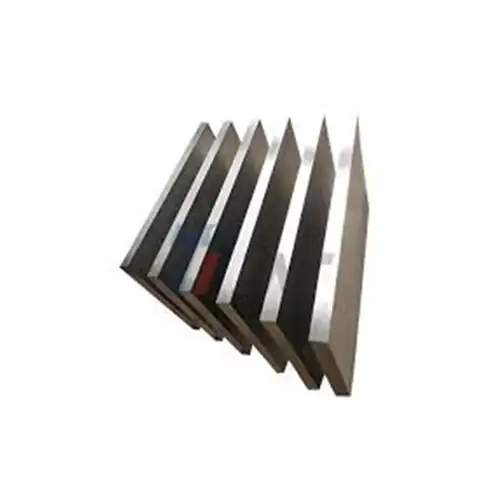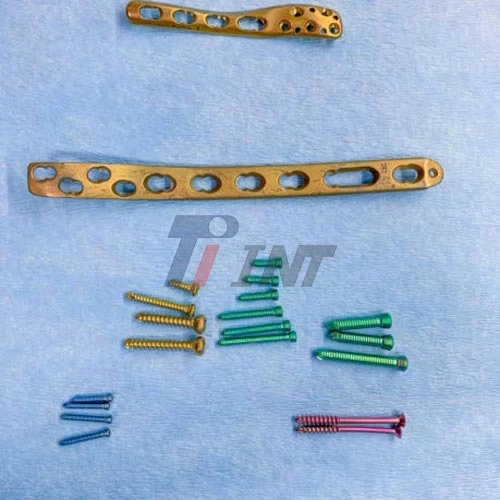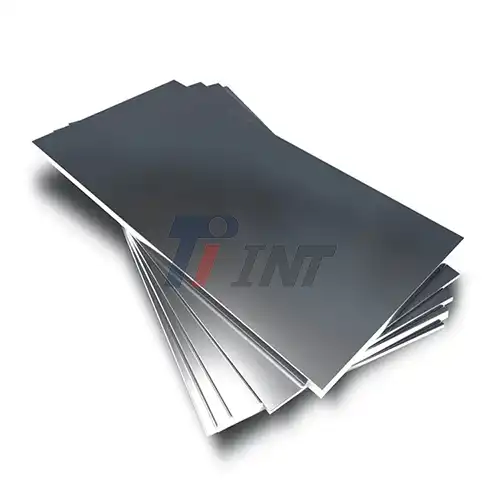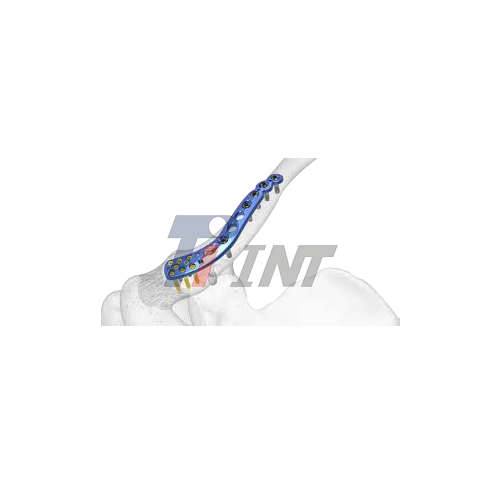The Advantages of Titanium Plates in Facial Fracture Repair
Unparalleled Biocompatibility and Safety
One of the primary reasons titanium plates have become the preferred choice for facial fracture repair is their exceptional biocompatibility. This inherent property ensures that the plates can be safely implanted without triggering adverse reactions in the human body. The biocompatibility of titanium significantly reduces the risk of complications, such as inflammation or rejection, which can be common with other materials.
Furthermore, titanium's ability to osseointegrate—or fuse with bone tissue—makes it an ideal material for long-term implantation. This integration process not only enhances the stability of the repair but also promotes faster healing and reduces the likelihood of implant failure. As a result, patients experience improved comfort and a decreased risk of post-operative complications.
Lightweight Yet Durable Construction
The unique combination of strength and lightness in titanium plates for facial fracture offers substantial benefits in facial fracture repair. Despite their robust nature, these titanium plate for facial fracture are remarkably lightweight, minimizing the additional burden on the patient's facial structure. This characteristic is particularly crucial in facial surgeries, where even slight weight differences can impact patient comfort and aesthetic outcomes.
The durability of titanium plates ensures they can withstand the stresses of daily facial movements and activities without compromising their structural integrity. This resilience translates to long-lasting results, reducing the need for revision surgeries and improving overall patient satisfaction.
Corrosion Resistance for Long-Term Reliability
Titanium's inherent resistance to corrosion is another key advantage in facial fracture repair. Unlike some other metals used in medical implants, titanium does not degrade or corrode when exposed to bodily fluids over extended periods. This property is crucial for maintaining the strength and functionality of the plates throughout the patient's lifetime.
The corrosion-resistant nature of titanium also contributes to its excellent biocompatibility, as it prevents the release of potentially harmful metal ions into the surrounding tissues. This characteristic further enhances the safety profile of titanium plates, making them a reliable choice for long-term implantation in facial reconstruction procedures.
Technical Features and Design Considerations
High Strength-to-Weight Ratio
The impressive strength-to-weight ratio of titanium plates is a game-changer in facial fracture repair. This property allows surgeons to use thinner plates without compromising on strength, resulting in less bulky and more aesthetically pleasing outcomes. The reduced profile of titanium plates minimizes soft tissue irritation and improves patient comfort, particularly in areas with thin skin coverage.
Moreover, the high strength of titanium enables the creation of complex plate designs that can effectively stabilize even the most challenging fracture patterns. This versatility allows surgeons to adapt the plates to various anatomical contours, ensuring optimal fracture reduction and stability.
Fatigue Resistance for Long-Term Stability
Facial bones are subjected to constant stress from everyday activities such as chewing, speaking, and facial expressions. Titanium plates excel in their ability to withstand these repetitive forces without experiencing fatigue or failure. This exceptional fatigue resistance ensures that the plates maintain their structural integrity over time, providing long-term stability to the repaired fracture site.
The durability of titanium plate for facial fracture also reduces the risk of hardware-related complications, such as plate breakage or screw loosening, which can necessitate additional surgeries. This reliability not only improves patient outcomes but also reduces healthcare costs associated with revision procedures.
Customizability for Precise Surgical Planning
The malleability of titanium allows for precise customization of plates to suit individual patient anatomy and specific fracture patterns. This adaptability is crucial in facial reconstruction, where even minor variations can significantly impact both functional and aesthetic outcomes. Surgeons can bend and contour titanium plates intraoperatively to achieve an optimal fit, ensuring accurate fracture reduction and stable fixation.
Advanced manufacturing techniques, such as 3D printing and computer-aided design, have further enhanced the customization possibilities for titanium plates. These technologies enable the creation of patient-specific implants that perfectly match the individual's facial anatomy, leading to improved surgical precision and enhanced aesthetic results.
Quality Assurance and Regulatory Compliance
Stringent Manufacturing Standards
The production of titanium plates for facial fractures adheres to rigorous quality control measures to ensure consistent performance and safety. Manufacturers employ state-of-the-art techniques and equipment to maintain precise tolerances and surface finishes, critical for the plates' functionality and biocompatibility.
Every step of the manufacturing process, from raw material selection to final inspection, is meticulously monitored and documented. This attention to detail guarantees that each titanium plate meets the highest standards of quality and reliability required for medical implants.
Compliance with International Certifications
To ensure the safety and efficacy of titanium plates for facial fractures, manufacturers must comply with stringent international standards and regulations. These certifications provide assurance to surgeons and patients alike that the products meet the highest quality and safety benchmarks.
For instance, reputable manufacturers like Baoji INT Medical Titanium Co., Ltd. have obtained certifications such as ISO9001:2015 for quality management systems, ISO13485:2016 for medical device quality management, and EU CE marking for safety and performance of titanium plate for facial fracture. These certifications demonstrate a commitment to excellence and regulatory compliance in the production of medical-grade titanium implants.
Ongoing Research and Development
The field of titanium plate technology for facial fractures continues to evolve, driven by ongoing research and development efforts. Scientists and engineers are constantly exploring new alloy compositions, surface treatments, and manufacturing techniques to further enhance the performance and biocompatibility of these implants.
Recent advancements include the development of nanostructured titanium surfaces that promote faster osseointegration and reduce the risk of infection. Additionally, research into bioresorbable coatings for titanium plates shows promise in further improving their long-term biocompatibility and reducing the need for implant removal surgeries.
Conclusion
Titanium plates for facial fracture represent a culmination of advanced materials science, precision engineering, and surgical innovation. Their exceptional biocompatibility, strength, and adaptability make titanium plate for facial fracture an indispensable tool in the arsenal of orthopedic surgeons specializing in facial reconstruction. As technology continues to advance, these implants will undoubtedly play an even more significant role in improving patient outcomes and quality of life following facial trauma.
For more information about high-quality medical titanium products, including titanium plates for facial fractures, please contact us at export@tiint.com. Our team of experts is ready to assist you in finding the perfect solution for your surgical needs.










 2025-06-18 10:40:11
2025-06-18 10:40:11


_1752462890412.webp)
_1751620280646.webp)
_1755495780573.jpg)




